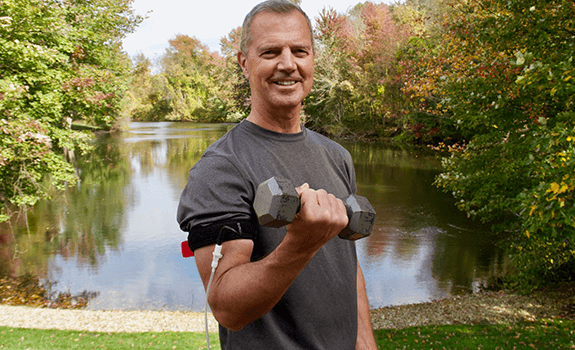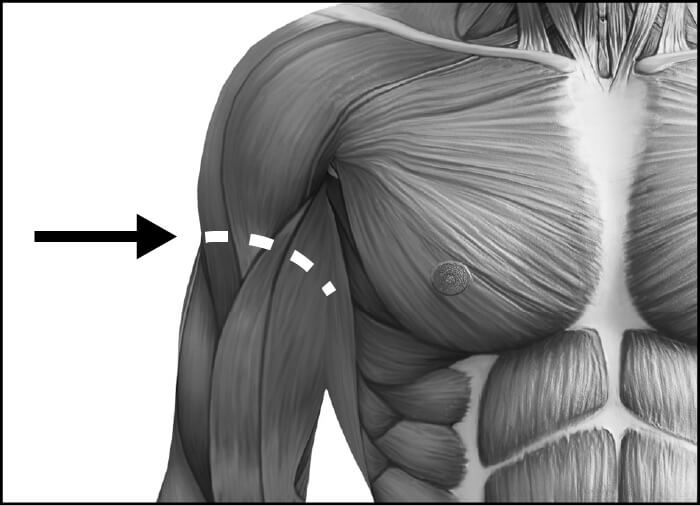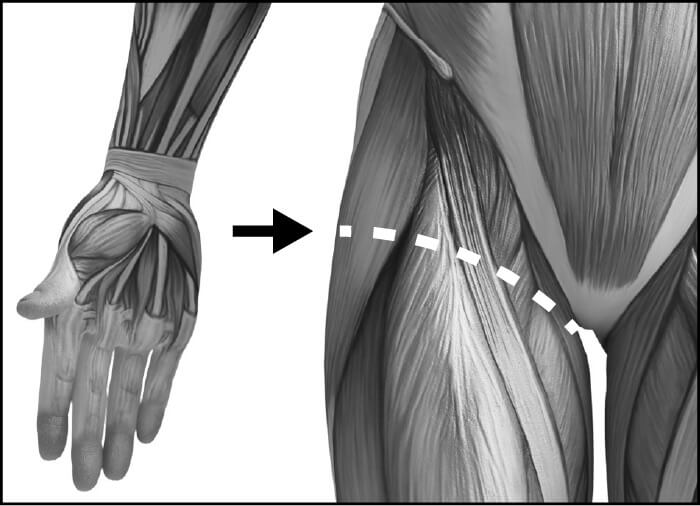October 23, 2020
KAATSU for Strength Training and Much More

By Julie Gregory, Chief Health Liasion for Apollo Health
What if there was a different way to exercise that made it more effective, quicker, less damaging but yielded greater benefits to both the body and the brain? Better yet, what if you could get the benefits of exercise while sitting at your desk, doing light housework, or reading a book? While it sounds too good to be true, there is, and it’s called KAATSU — the Japanese word for “added pressure.” I’ve been using it for the past few months and have been blown away by its benefits.
KAATSU is a Japanese therapeutic practice developed in 1966 by Dr. Yoshiaki Sato, who’s spent his life developing and perfecting this technique, which is widely used in Japan to enhance athletic performance, for rehabilitation, and as an anti-aging strategy. It involves applying bands that fit snugly around your upper arms and legs, which keep blood in your limbs and tricks your body into thinking it’s working much harder than it’s actually working. The benefit is two-fold. First, you’re able to increase muscle strength (while also protecting the load on tendons and joints) without actually breaking down muscle fiber. This is a huge benefit for everyone, but especially for those who are middle-aged and older. Secondly, by creating a mildly hypoxic state in your muscles, you can upregulate many healing growth hormones like BDNF and plasmalogens, that also have neuroprotective benefits. Additionally, the engorgement of blood in your capillaries and veins enables your blood circulation to improve and for your vascular system to become more elastic — upregulating nitric oxide — protecting against cardiovascular disease.
One of the most intriguing aspects of KAATSU, however, is its potential to affect the central nervous system. While it’s benefits and safety have been well studied for both rehabilitation and performance, this is an emerging application with promising early evidence. There are well-documented case studies demonstrating that KAATSU has helped to rehabilitate those with Alzheimer’s, Parkinson’s, progressive multiple sclerosis, quadriplegia, TBI, and paralysis from stroke.
One of the most impressive examples involved a 104-year-old Japanese woman, who had been non-responsive for several months, suffering from late-stage dementia. Her caretakers began to regularly apply the bands and to exercise her body while she lies passively. Over a month, she gradually became communicative again. Within two months, she was trying to do the exercises herself. Her physicians documented significant muscle gains in her upper legs with before-and-after comparative CT scans. You can see video of her actively demonstrating her exercises while wearing the bands.
Safety
While KAATSU has been studied extensively and has an excellent safety record when used correctly, there are important safeguards that you must always employ.
- Always use the arm and leg band separately, never at the same time.
- Armbands should be used first (both arms at the same time) and never for longer than 15 minutes.

- After applying the armbands between your deltoid and bicep (see image above), ensure that you still have a strong radial pulse on your wrist. Additionally, check the capillary refill time on your palm (which should be a rosy color) by pressing firmly with your index finger to create a white spot. That spot should disappear within 3 seconds if bands are applied correctly. If it takes longer or your pulse is weak, loosen the bands until you achieve the desired firmness, with appropriate safeguards in place.

- After removing the armbands, apply leg bands at the very top of your leg (see diagram above). Leg bands should be kept on for no longer than twenty minutes.
- After applying the leg bands, ensure that you still have a strong pulse in your foot/ankle by checking for either the dorsalis pedis pulse (on the top of the foot) or the posterior tibial pulse (behind the ankle bone). Alternatively, you can just check the capillary refill time right above your knee (which should be a rosy color) by pressing firmly with your index finger to create a white spot that should disappear in less than 3 seconds.
- It’s normal when bands are applied for your arms and legs to turn a rosy red color, tingle, and be slightly uncomfortable (especially in your arms.) It is not normal for them to lose color and turn pale. If that happens, release the bands immediately.
- If you feel uncomfortable, take a break. Unless you are already optimally fit, is best to slowly work up to 15 minutes for arms, then 20 minutes for legs. Initially, you may want to remove the bands between sets until you’ve built up a tolerance.
As with any form of exercise therapy, always consult with your physician before engaging in a new program. Because your physician may not be familiar with KAATSU, you may want to share results from a national safety analysis conducted in Japan.
Be aware that there is a subset of people for whom KAATSU is not appropriate, including anyone with uncontrolled hypertension (systolic >180 mm Hg), active angina, class IV heart failure, pooling of blood in extremities, sickle cell anemia, a hemodialysis shunt, an active limb infection, women who are pregnant or who have been treated for breast cancer with radical mastectomy with axillary lymph node dissection. Additionally, those with ischemic heart disease and those on blood thinners should proceed cautiously and strongly consider an automatic device set to low pressure.
How to Get Started
There are several different ways to use and access this therapy. KAATSU can be used for both training and while relaxing with either manual or automatic bands. Your budget, current state of health, and planned usage will help determine which modality is most appropriate for you. Many people use KAATSU for both training and during relaxation by running cycles.
An example of manual “blood flow restriction” bands can be found here. They are widely available online and inexpensive (around $30). When purchasing manual bands, be sure to choose those with clearly displayed numbers so that once you’ve determined your optimal fit, you can easily find it for subsequent uses. The advantages of manual bands are the affordable price. They are also less bulky than those that are automatic, making them ideal for travel and very easy to use for training. However, it is much easier to overly restrict manual bands if you don’t follow the safety instructions above, and they are much more difficult (almost impossible) to cycle, requiring you to manually loosen and re-tighten.
An example of automatic battery-operated pneumatic bands can be found here. The downside to this modality is the price (around $900), but they also offer many advantages. They can be used for both training and relaxation. They are much safer than manual bands as long as you keep about a finger width of space between the bands and your limbs when applying. They are ideal for relaxing as they can be set to cycle, tightening for only thirty seconds and then releasing. They are ideal for the elderly who may initially need them for rehabilitation before gaining the strength to actively begin training with them. Partners can also use the same main unit but sometimes need to purchase an additional set of bands depending upon size requirements.
For additional information on the science, application, and all aspects of KAATSU, check out the KAATSU Training website. You can also find anti-aging and preventative care KAATSU specialists from around the world who can offer specialized support here.




